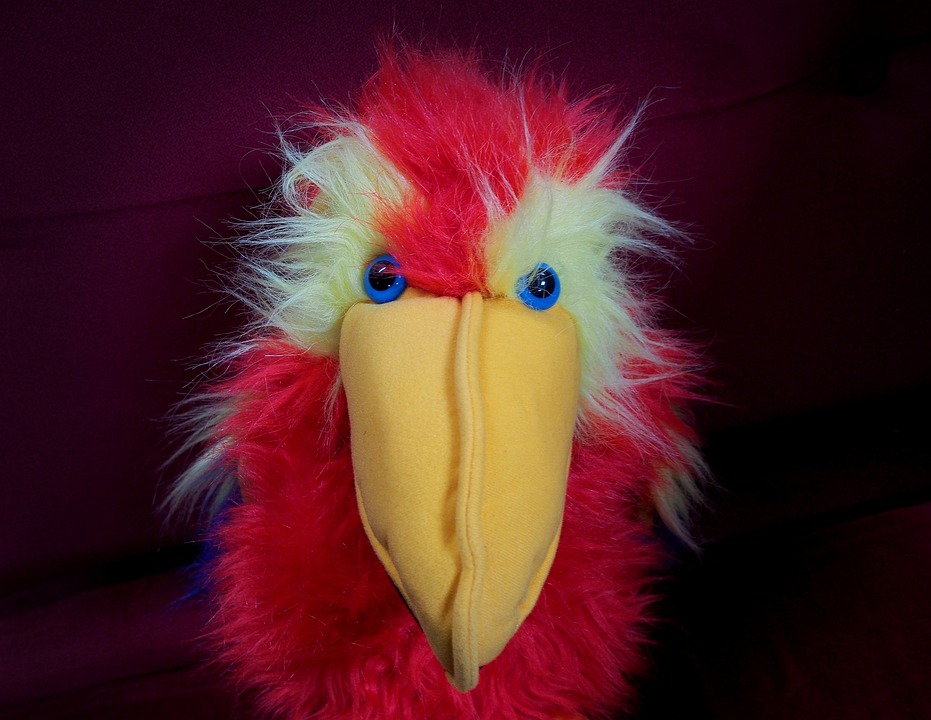*Disclaimer: This article is for informational purposes only and should not replace professional advice from a veterinarian or avian behaviorist.*
Parrots are intelligent and social creatures that can form strong bonds with their human caregivers. However, they may also experience fear or hesitation in certain situations, which can hinder their overall well-being and training progress. Positive reinforcement is a powerful tool that can help address these issues and foster a positive and trusting relationship with your feathered friend.
Understanding fear and hesitation in parrots is the first step towards helping them overcome these challenges. Parrots may feel anxious or uncertain in new environments, with new people, or when encountering unfamiliar objects. They may also have past negative experiences that contribute to their fear or hesitation. By recognizing and acknowledging their emotions, you can begin the journey towards building their confidence.
Positive reinforcement training involves rewarding desired behaviors to encourage their repetition. This approach not only helps overcome fear and hesitation but also strengthens the bond between you and your parrot. Here are some effective techniques to incorporate into your training routine:
1. **Create a Safe and Positive Environment:** Ensure that your parrot’s living space is comfortable, enriched, and free from potential stressors. Provide a variety of toys, perches, and hiding spots to create a sense of security. A safe environment sets the stage for successful training.
2. **Desensitization and Counter Conditioning:** Gradually introduce your parrot to the source of fear or hesitation in a controlled manner. Start with a distance that does not trigger fear and pair it with positive experiences such as treats, praise, or favorite toys. Gradually decrease the distance while maintaining positive associations. This process allows your parrot to build confidence at their own pace.
3. **Step-by-Step Training:** Break down the desired behavior into small achievable steps. Reward your parrot for each step they successfully complete, gradually progressing towards the ultimate goal. This incremental approach helps build confidence and minimizes anxiety. Remember to be patient and celebrate each milestone along the way.
4. **Clicker Training:** Clicker training is a popular technique that uses the sound of a clicker to mark desired behaviors, signaling an upcoming reward. Pair the clicker sound with treats or praise to create a positive association. This method allows for precise timing and clear communication during training sessions.
5. **Patience and Consistency:** Overcoming fear or hesitation takes time and dedication. Each parrot progresses at their own pace, so it is essential to be patient and consistent with your training efforts. Always end training sessions on a positive note, and celebrate even the smallest achievements. Positive reinforcement is a journey, not a race.
While positive reinforcement is an effective training method, it is important to note that punishment is not recommended. Punishment can exacerbate fear, damage trust, and hinder the progress you have made. Positive reinforcement is a more compassionate and humane approach to address fear or hesitation in parrots.
The time it takes for a parrot to overcome fear or hesitation varies depending on the individual bird, their past experiences, and the training techniques used. It can range from a few weeks to several months. Patience and consistency are key throughout the training process.
In some cases, seeking professional help from an experienced avian behaviorist or trainer may be necessary. They can assess your parrot’s specific needs and provide tailored advice to address fear or hesitation effectively. Professional guidance can be particularly helpful when dealing with severe cases or deep-rooted fears.
In conclusion, using positive reinforcement techniques to address fear or hesitation in parrots is a compassionate and effective way to help them overcome these challenges. By creating a safe environment, implementing gradual desensitization, and utilizing clicker training, you can build your parrot’s confidence and strengthen your bond. Remember, patience, consistency, and celebrating small victories are crucial throughout the training process. With time and dedication, your parrot will flourish into a confident and happy companion.









